SIGIRIYA - INSIDER
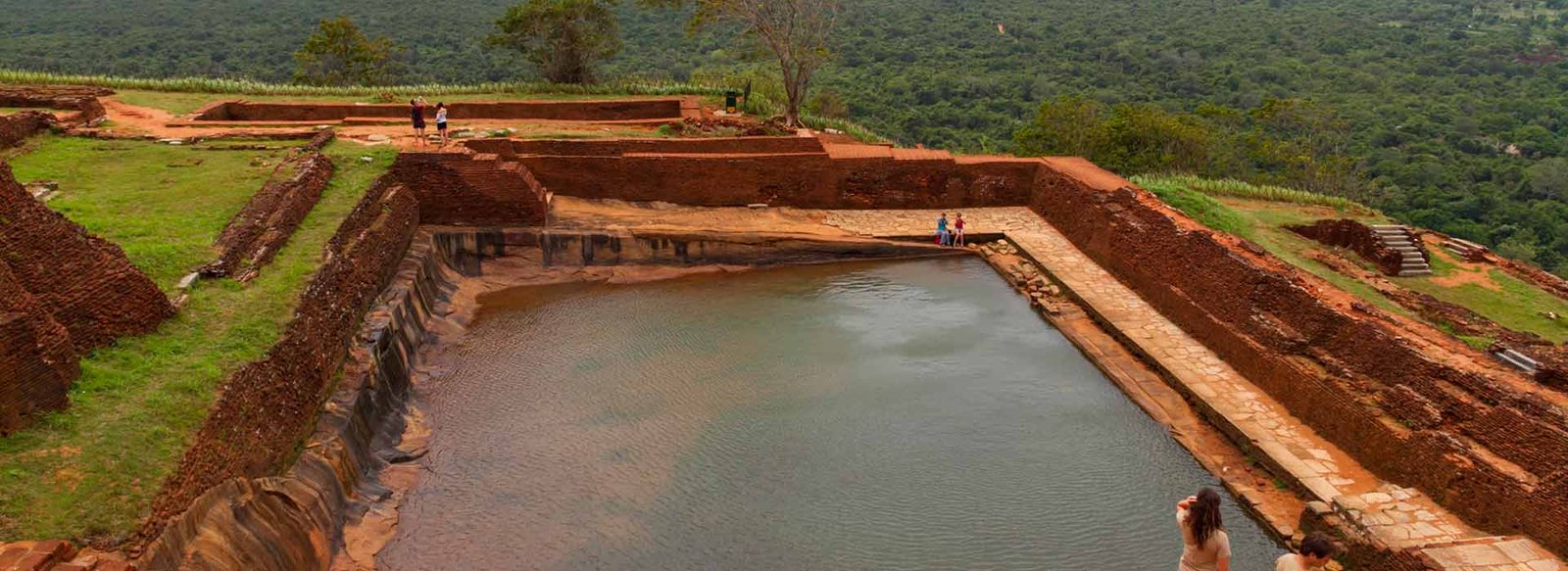
Welcome to Sigiriya, a UNESCO World Heritage site and one of the most visited tourist destinations in Sri Lanka. Sigiriya, also known as the Lion Rock, is a towering rock fortress located in the central province of Sri Lanka. This ancient site is not only famous for its stunning views and architectural marvels but also for its rich history and cultural significance. In this article, we will explore everything you need to know about Sigiriya.
History and Culture:
Sigiriya is an ancient rock fortress built by King Kashyapa in the 5th century AD. According to legend, King Kashyapa built Sigiriya as a fortress to protect himself from his half-brother, who was the rightful heir to the throne. The site was later abandoned and rediscovered by British archaeologist John Still in the 19th century.
Sigiriya is not only famous for its historical significance but also for its cultural heritage. The site is home to several frescoes, which are believed to be the world’s oldest surviving murals. The frescoes depict beautiful women, believed to be the King’s wives or concubines, and are a testament to the artistic and cultural achievements of ancient Sri Lanka.
Travel plans for inspiring you in SIGIRIYA
SIGIRIYA LION ROCK HIGHLIGHTS & SIGIRY APSARAS
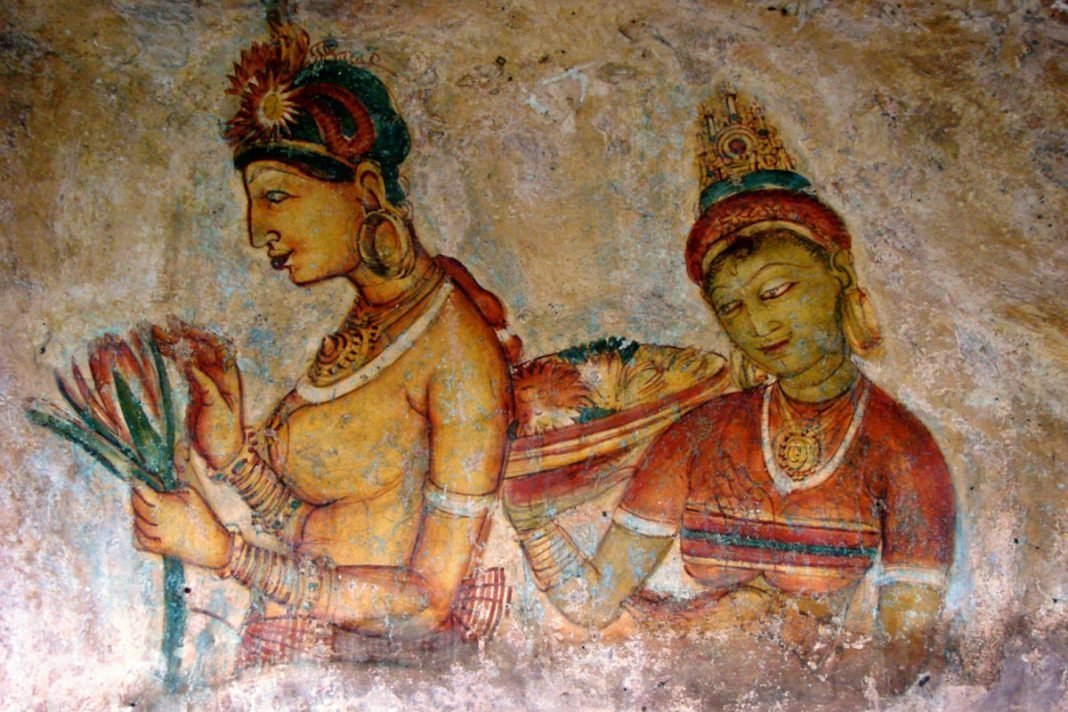
Sigiriya, also known as Lion Rock, is indeed one of Sri Lanka’s most iconic and historic landmarks. Located in the northern Matale District, Sigiriya is a UNESCO World Heritage Site and attracts visitors from all over the world.
The complex consists of a massive rock fortress that rises over 200 meters above the surrounding jungle, surrounded by water gardens, frescoes, and ruins of an ancient city. The site is renowned for its stunning architecture and engineering, with intricate water gardens and elaborate frescoes that depict scenes from ancient Sri Lankan life.
The main attraction of Sigiriya is the steep climb up the rock, which takes visitors through the different levels of the fortress, including the lion’s paw entrance, the mirror wall, and the summit plateau. The climb is a challenge, but the breathtaking views of the surrounding countryside and the ancient ruins make it well worth the effort.
Sigiriya Mirror Wall
Boulder Gardens
Sigiriya Frescoes
Sigiriya Lion's Paw
-
Sigiriya Lion's Paw
-
Sigiriya Mirror Wall
-
Sigiriya Frescoes
-
Sigiriya Boulder Water Gardens
-
CLIMBING SIGIRIYA ROCK
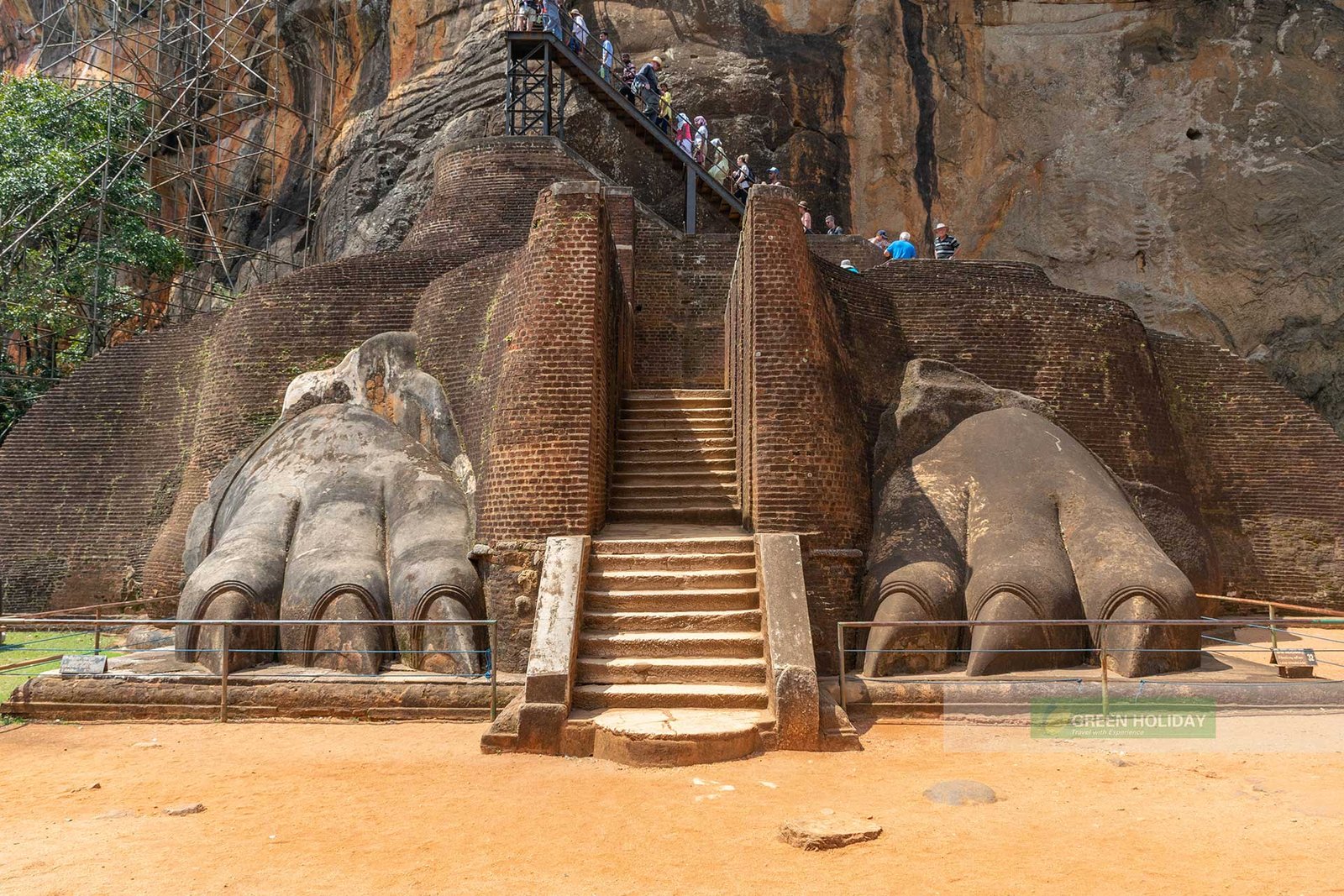
The Sigiriya Lion's Paw is a giant stone sculpture that is located at the entrance to the Sigiriya rock fortress in Sri Lanka. The sculpture is one of the most iconic features of the Sigiriya site and is believed to have been constructed during the reign of King Kasyapa in the 5th century AD.
The Sigiriya Lion's Paw was originally part of a larger lion statue that was constructed to guard the entrance to the fortress. The statue was carved out of a single massive stone, and featured a lion's body with a human head. The lion's mouth served as the entrance to the fortress, with visitors passing through the jaws of the lion as they entered.
Today, only the massive paws of the lion sculpture remain, along with a portion of the lion's torso. The paws are still in remarkably good condition, and visitors to the site can still see the intricate carving and detailing that went into their construction.
The Sigiriya Lion's Paw is just one of many impressive features of the Sigiriya rock fortress, which is considered to be one of the most important archaeological sites in Sri Lanka. Visitors to the site can also explore the ancient gardens and water features that surround the fortress, as well as the many other historical and cultural attractions in the area.
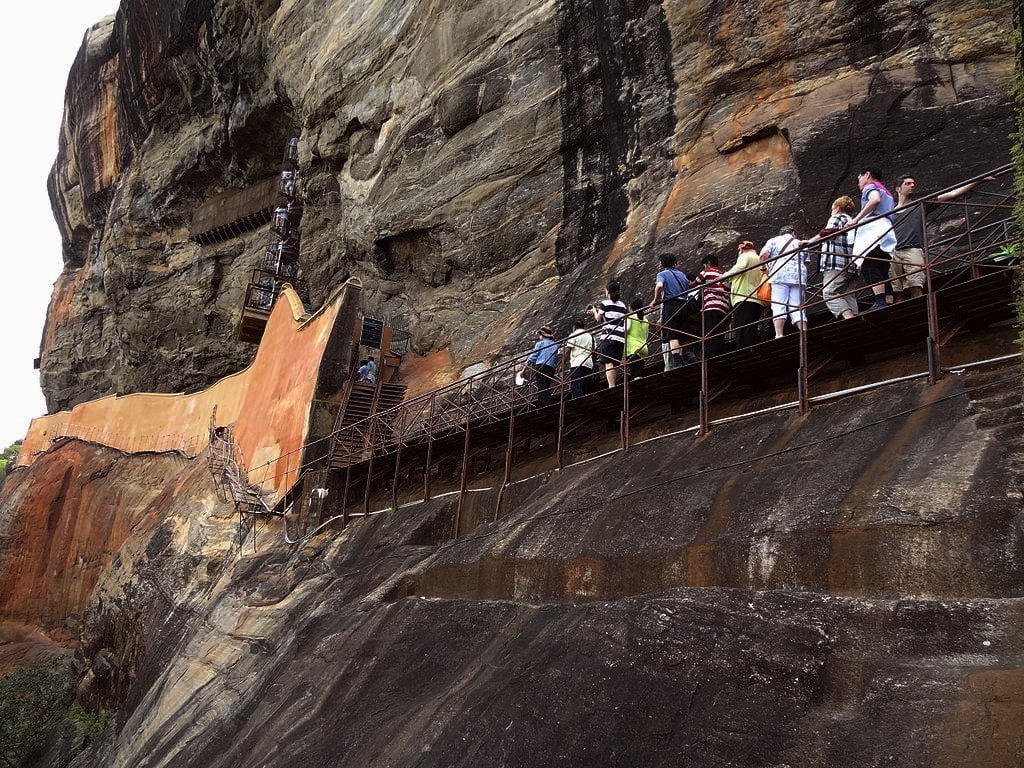
The Mirror Wall, also known as the 'Kasi Gala', is a highly polished wall located in the ancient city of Sigiriya in Sri Lanka. The wall is made of a type of plaster that was polished to a high gloss, making it reflective like a mirror. The wall is said to have been so well-polished that the king could see his reflection in it.
The Mirror Wall is located along the path that leads to the top of the Sigiriya rock fortress. It is approximately 140 meters long and 3 meters high. The wall was constructed during the reign of King Kasyapa (477 – 495 CE) who ruled the area at that time.
Over the centuries, visitors to the Sigiriya rock fortress have left inscriptions and graffiti on the Mirror Wall. Some of these inscriptions date back to the 8th century and are considered to be of historical and archaeological importance. The inscriptions include poems, descriptions of the site, and comments about the Mirror Wall itself.
Today, further graffiti is banned to protect the ancient inscriptions on the wall. Visitors can still admire the wall's shine and reflectiveness, but they are not allowed to leave their mark on it.
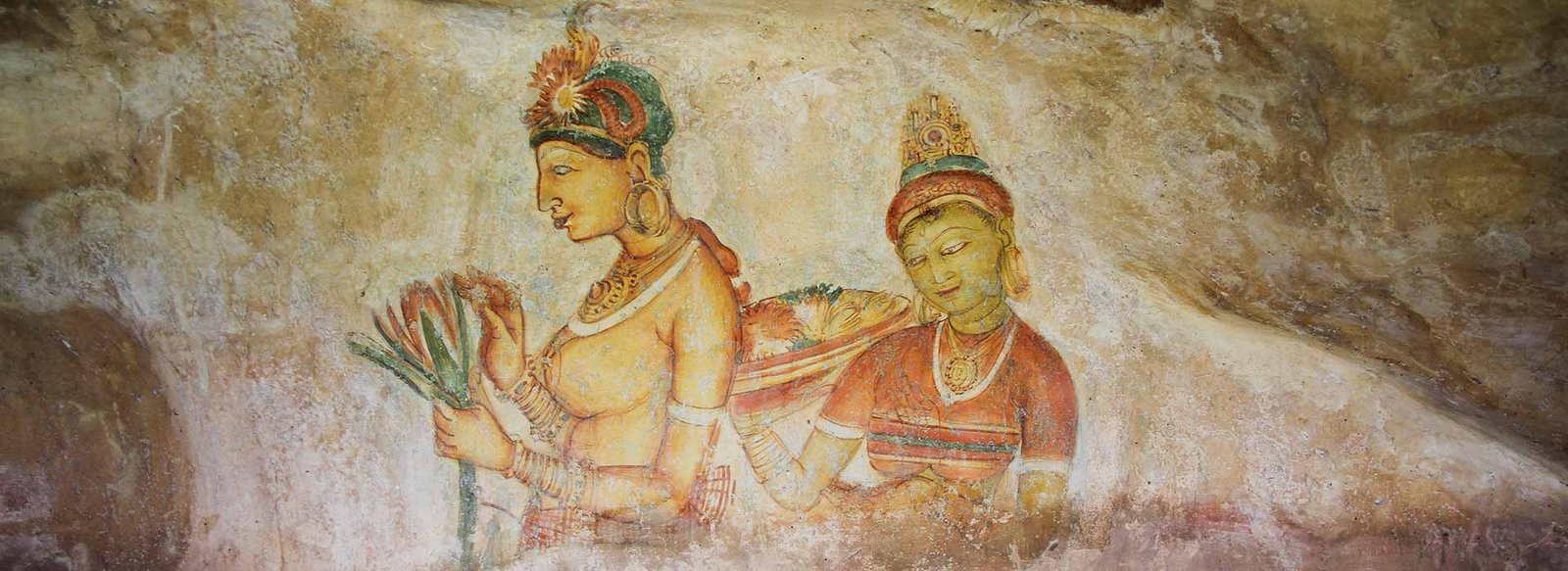
The Sigiriya Frescoes are a series of ancient paintings that are located in a cave on the Sigiriya rock fortress in Sri Lanka. The frescoes are one of the most famous and well-preserved examples of ancient Sri Lankan art and are believed to date back to the 5th century AD.
The frescoes are located in a sheltered pocket of rock about 100 meters above ground level. The paintings depict a group of 21 women, all of whom are believed to be either celestial nymphs or the king's consorts. The women are painted in a style that is unique to Sri Lanka and feature elaborate hairstyles, jewelry, and clothing.
The colors used in the frescoes are still vibrant and include shades of red, yellow, and green. The paintings are also notable for their detailed and realistic depictions of the women's bodies, which are portrayed with a level of naturalism that is unusual for ancient art.
The Sigiriya Frescoes have been the subject of much scholarly and artistic attention over the years, with many researchers attempting to interpret the meaning and symbolism behind the paintings. Some have suggested that the women depicted in the frescoes represent different aspects of the natural world, while others believe that they were intended to be a celebration of feminine beauty and fertility.
Today, the Sigiriya Frescoes are a popular tourist attraction and are considered to be one of the most important examples of ancient Sri Lankan art. However, visitors are not allowed to take photographs of the paintings in order to help preserve them for future generations.

The Sigiriya Boulder Gardens are a series of gardens and water features that surround the base of the Sigiriya rock fortress in Sri Lanka. The gardens are part of the overall complex of the Sigiriya ancient city, which is a UNESCO World Heritage site.
The boulder gardens are located at the base of the Sigiriya rock and were constructed during the reign of King Kasyapa, who ruled in the 5th century AD. The gardens were designed to be both beautiful and functional, providing a source of food and water for the inhabitants of the fortress.
The gardens are laid out in a series of terraces, with each level separated by boulders and small pools. The terraces were irrigated by a series of channels and fountains, which are still functional today.
One of the most impressive features of the Sigiriya Boulder Gardens is the water gardens. The water gardens consist of a series of pools and fountains, which are fed by underground springs. The pools are arranged in a geometric pattern, and the fountains were designed to create a soothing sound as the water flowed through them.
Overall, the Sigiriya Boulder Gardens are a testament to the ingenuity and skill of the ancient Sri Lankan engineers and gardeners who created them. Visitors to the site can still marvel at the beauty and functionality of these ancient gardens, which continue to inspire awe and admiration to this day.
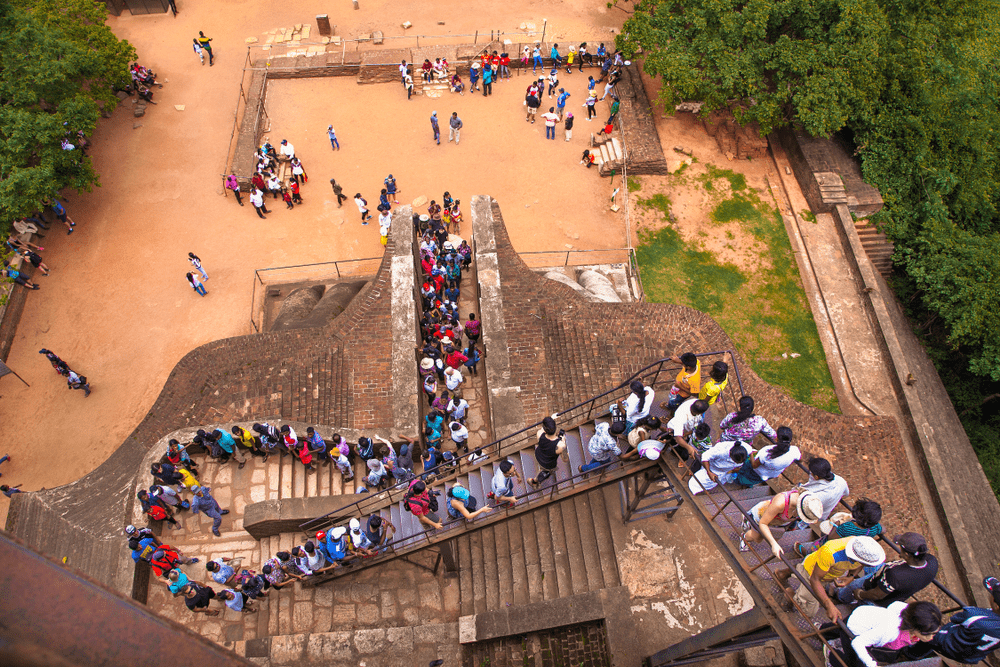
1 1/2 – 2 Hours will approximately take to climb Sigiriya Rock. Climbing Sigiriya Lion Rock is moderately difficult.
While on the Sigiriya Rock climb you will enter 8 main areas as mentioned below.
1.CLIMB TO
BOULDER GARDENS - ( 5 to 10 Minutes )
2.CLIMB TO
TERRACED GARDENS -( 15 to 20 Minutes )
3.CLIMB TO
MIRROR WALL -( 15 to 20 Minutes )
4.CLIMB TO
SIGIRIYA FRESCOES -( 10 to 15 Minutes )
5.CLIMB TO
LION STAIRCASE-( 10 to 20 Minutes )
6.CLIMB TO
SKY PALACE -( 15 to 25 Minutes )
7.ON THE SUMMIT
-THE PALACE -( 20 to 30 Minutes )
8.CLIMBING DOWN
SIGIRIYA- ( 30 to 45 Minutes )
An enjoyable time awaits!
TOP THINGS TO DO IN SIGIRIYA & PIDURANGALA
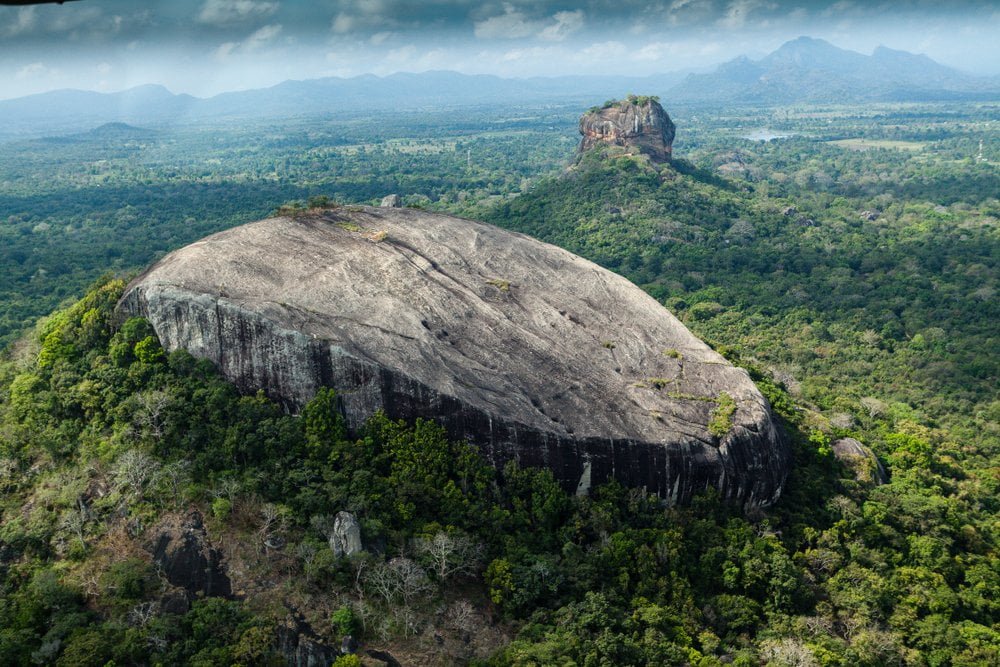
-
Visit the Sigiriya Rock Fortress
-
Explore the Terraced Gardens
-
See the Sigiriya Frescoes
-
Walk along the Mirror Wall
-
Visit the Sigiriya Museum
-
Explore the Pidurangala Rock
-
Take a Village Tour
-
Hot Air Balloon Ride
-
Experience Traditional Culture
-
Safari Rides
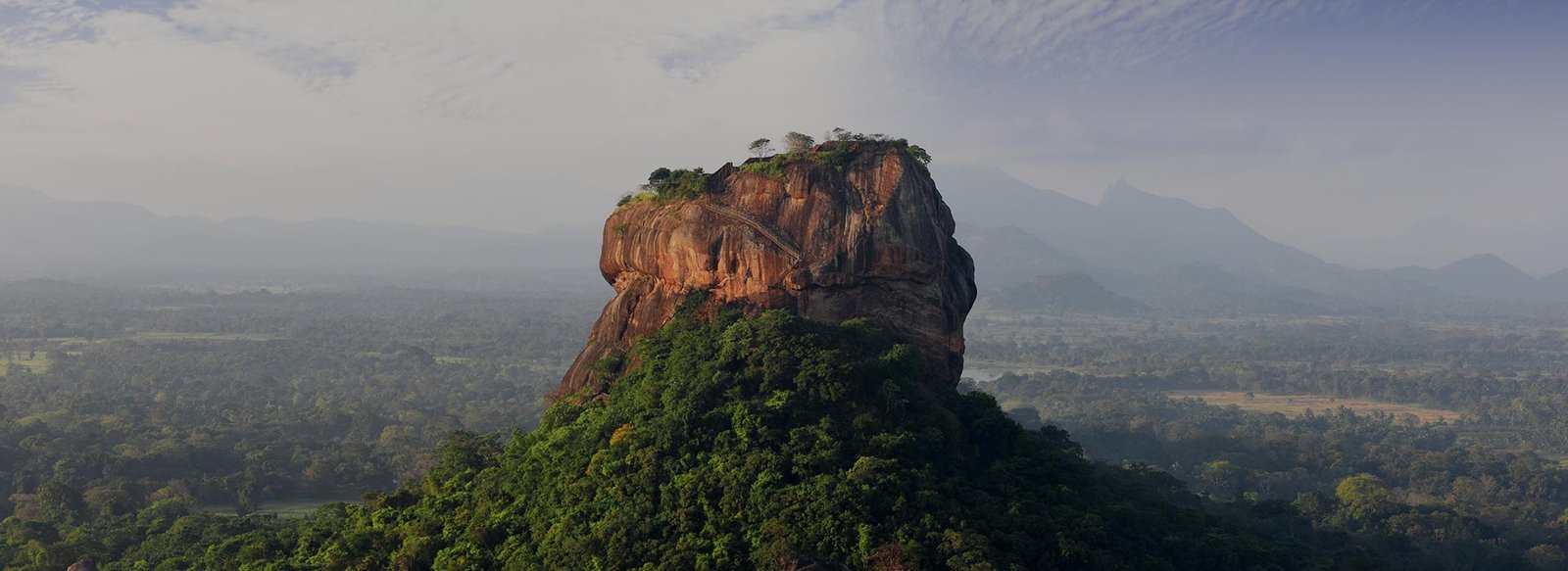
A visit to the Sigiriya Rock Fortress is a must-do for anyone visiting Sri Lanka. This ancient wonder, also known as Lion Rock, is a UNESCO World Heritage Site and one of the most iconic attractions in the country. The fortress was built in the 5th century AD by King Kasyapa and is a true marvel of ancient engineering and architecture.
Climbing to the top of the fortress is a challenging but rewarding experience. The ascent takes you through a series of terraced gardens, ancient frescoes, and impressive water features, all of which are testaments to the advanced civilization that once thrived here. Once you reach the top, you'll be treated to stunning panoramic views of the surrounding countryside.
One of the most impressive features of Sigiriya Rock Fortress is the famous mirror wall, which is made of polished plaster and reflects the light in a way that creates a mirror-like effect. The wall is adorned with ancient graffiti, some of which date back to the 8th century AD.
If you're planning a visit to Sri Lanka, a trip to the Sigiriya Rock Fortress is an absolute must. This ancient wonder is a true testament to the ingenuity and creativity of the ancient Sri Lankan civilization and is sure to leave you with lasting memories of your visit to this remarkable country.
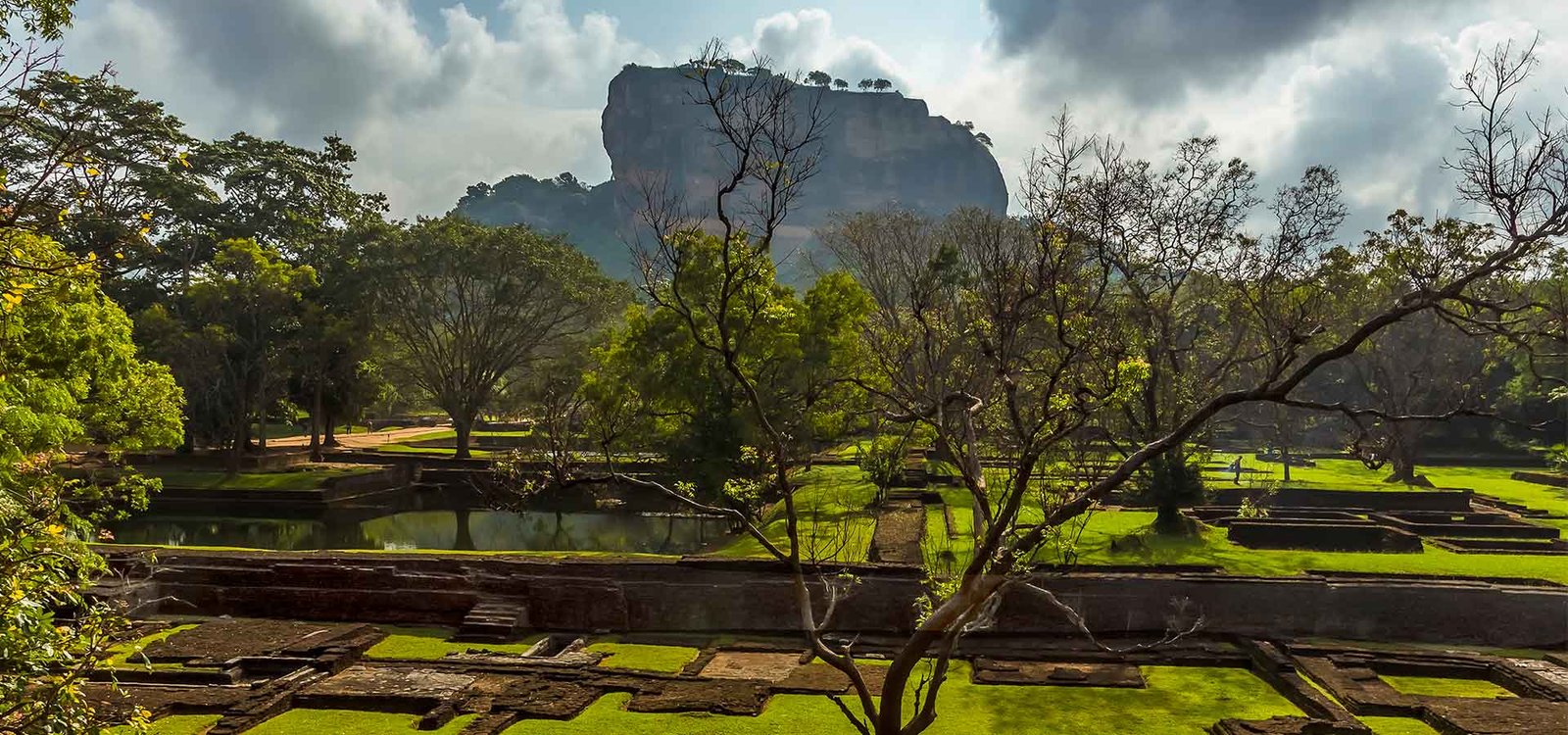
The Sigiriya Terrace Garden is a series of landscaped gardens located at the base of the Sigiriya Rock Fortress in Sri Lanka. The gardens are believed to have been built during the reign of King Kashyapa in the 5th century AD and are an integral part of the Sigiriya UNESCO World Heritage Site.
The terrace gardens are divided into three main sections, with each section featuring its own unique design and layout. The first section is the Water Garden, which includes a network of pools, fountains, and water channels that were used for irrigation and ornamental purposes. The second section is the Boulder Garden, which is characterized by large boulders and natural rock formations that have been incorporated into the landscape design. The third section is the Terraced Garden, which features a series of rectangular terraces that were used for growing crops and as a recreational area.
The terrace gardens are not only aesthetically pleasing but also serve a practical purpose. The intricate water management system in the Water Garden allowed for efficient irrigation and water supply to the surrounding areas, while the terraced gardens provided an effective means of soil conservation and agriculture.
Visitors to the Sigiriya Terrace Garden can explore the gardens on foot, following a series of paths and stairs that wind through the different sections. The gardens offer a peaceful and tranquil escape from the hustle and bustle of modern life and provide a glimpse into the ancient engineering and architectural skills of Sri Lanka.
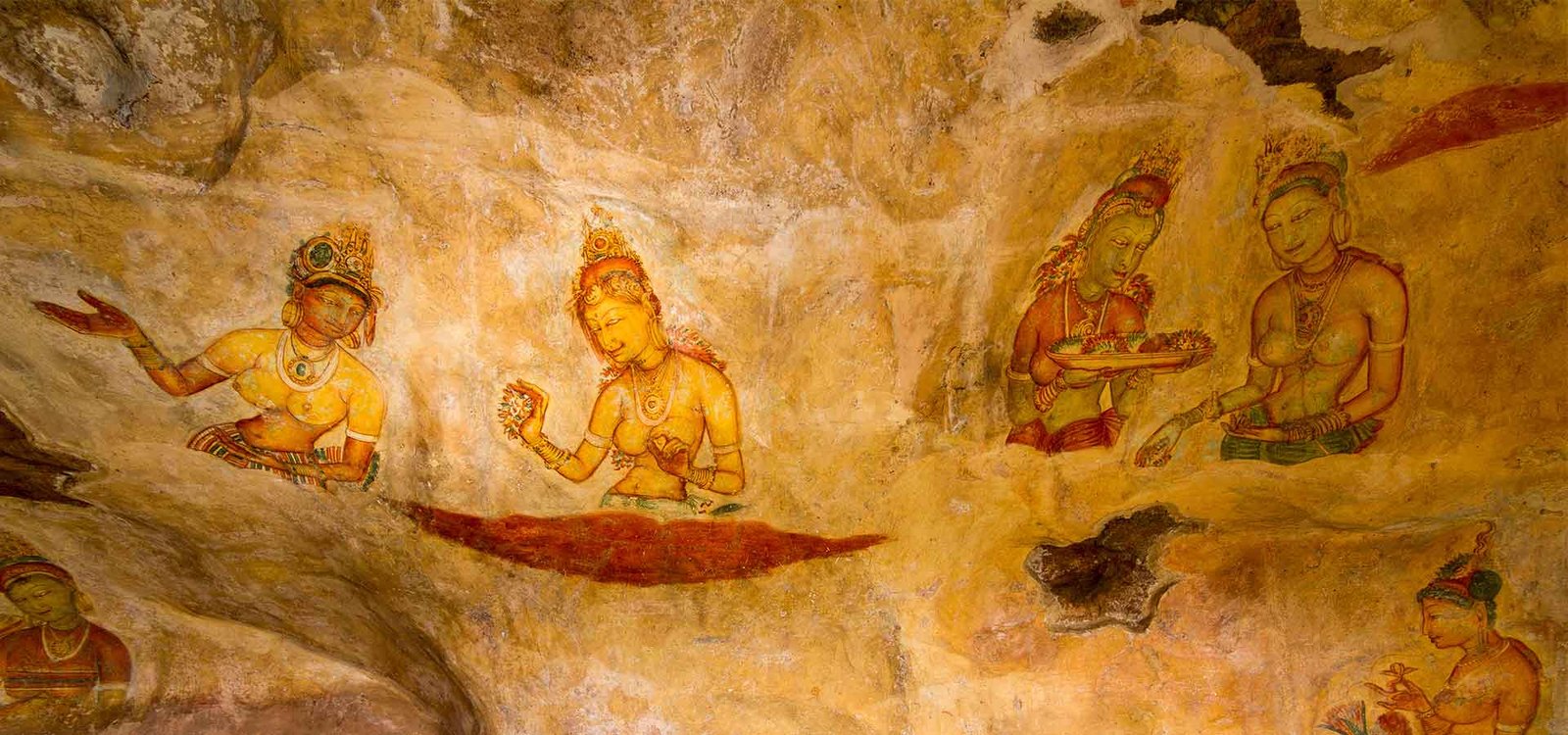
The Sigiriya Rock Fortress is famous for its ancient frescoes or paintings, which are located on a vertical rock face about halfway up the rock. The frescoes are believed to date back to the 5th century AD and are considered some of the finest examples of ancient Sri Lankan art.
The frescoes depict a series of female figures, who are commonly known as the "Sigiriya Apsaras." The Apsaras are depicted in various poses, and their clothing and jewelry suggest that they may have been members of the royal court or temple dancers.
Unfortunately, many of these frescoes were damaged or destroyed when the Sigiriya Rock Fortress was transformed into a Buddhist monastery in the 14th century AD. The monks who lived there believed that the images of the female figures were distracting and disrespectful, and they attempted to erase them.
Today, only two pouches of the frescoes remain, covering an area of about 140 square meters. The surviving frescoes are still considered some of the most beautiful and intriguing works of art from ancient Sri Lanka, and they continue to fascinate visitors from around the world.
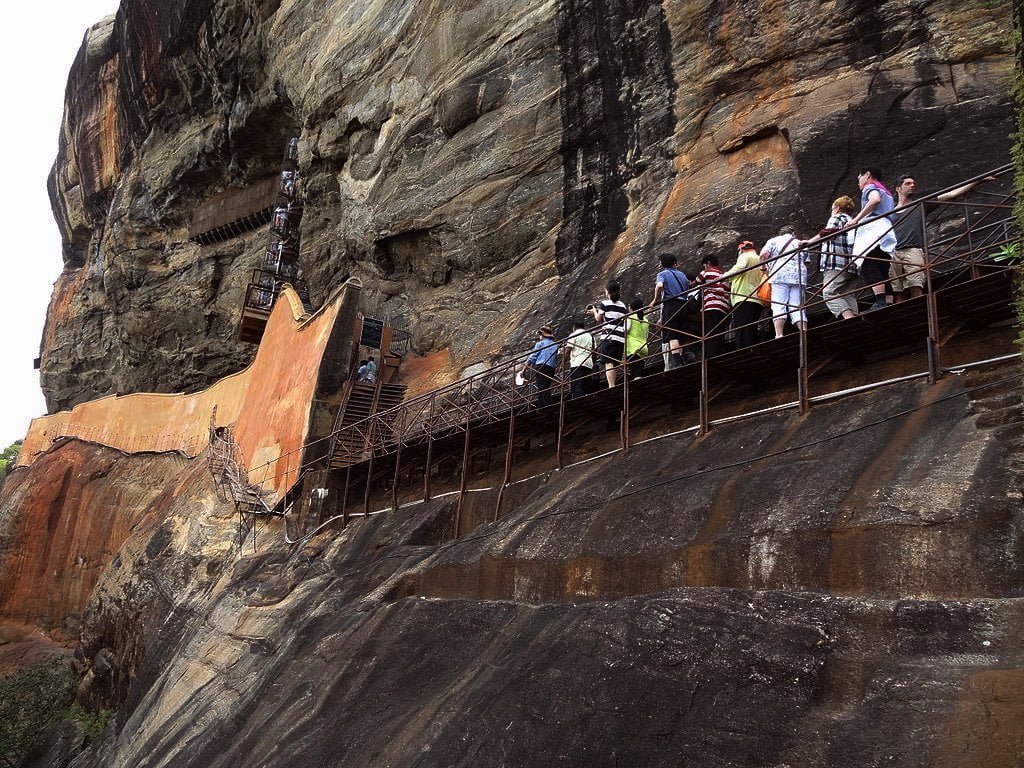
the Mirror Wall, which is a feature located near the frescoes on the western face of the Sigiriya Rock Fortress. The Mirror Wall is a highly polished surface that was built during the reign of King Kashyapa in the 5th century AD. The wall was made of a type of porcelain and was so highly polished that it was said to be reflective like a mirror.
According to historical accounts, King Kashyapa would often walk along the Mirror Wall, admiring his reflection as he did so. Over time, the wall became a popular spot for visitors to the fortress, who would inscribe their names, poems, and other messages onto the surface of the wall.
Today, the Mirror Wall is partly covered in ancient inscriptions, some of which date back to the 8th century AD. These inscriptions provide valuable insights into the lives and thoughts of the people who visited the Sigiriya Rock Fortress over the centuries.
However, due to concerns about the preservation of the wall, writing on the mirror surface has now been forbidden. Visitors are not allowed to touch or write on the Mirror Wall, and security personnel are present to enforce this rule. The Mirror Wall remains an important cultural and historical landmark in Sri Lanka and continues to attract visitors from around the world.
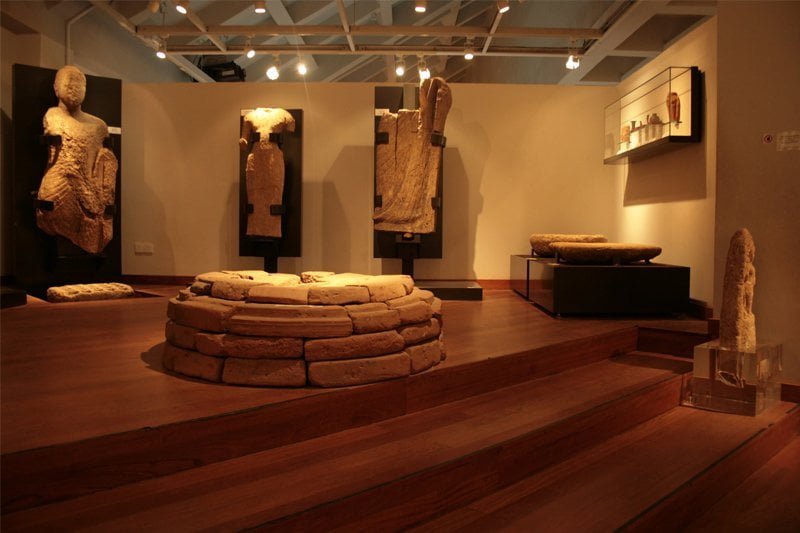
Sigiriya Museum is a museum located near the Sigiriya Rock Fortress in Sri Lanka's central Matale district. The museum showcases the rich history and cultural heritage of the Sigiriya region, with a particular focus on the ancient city of Sigiriya and its famous rock fortress.
The museum features a wide range of exhibits, including ancient artifacts, archaeological findings, and multimedia displays that bring the history and culture of the Sigiriya region to life. Visitors can learn about the construction and design of the Sigiriya Rock Fortress, the lives of the people who lived there, and the rich artistic and architectural traditions of ancient Sri Lanka.
One of the museum's highlights is a model of the Sigiriya Rock Fortress, which provides visitors with a detailed and accurate representation of the fortress's layout and features. The museum also features a collection of paintings and frescoes from the Sigiriya Rock Fortress, including the famous "Sigiriya Damsels," which are considered some of the finest examples of ancient Sri Lankan art.
Overall, the Sigiriya Museum is a must-visit destination for anyone interested in Sri Lanka's rich cultural heritage and history.

Pidurangala Rock is indeed a beautiful and historically significant site located in Sri Lanka's central Matale district. The rock is about 200 meters high and offers panoramic views of the surrounding landscape, including the nearby Lion Rock (Sigiriya).
According to historical records, Pidurangala Rock was used as a Buddhist monastery during the reign of King Kashyapa, who also built the Sigiriya Rock Fortress in the 5th century AD. Legend has it that the king moved the monks from Pidurangala to Sigiriya to make it his royal residence.
Today, visitors can still see the remains of the ancient monastery on Pidurangala Rock, including a reclining Buddha statue and a dagoba (stupa). The climb to the top of the rock is also an adventure in itself, with steep stairs and rocky paths leading to breathtaking views.
However, the increasing popularity of Pidurangala Rock among Instagram influencers and tourists has also raised concerns about the impact of tourism on the site's natural and cultural heritage. It is crucial to promote sustainable tourism practices that respect and preserve the site's history and environment for future generations.

During a village tour, you may have the opportunity to meet with local villagers and learn about their daily lives, traditions, and customs. You may also get the chance to participate in various activities, such as cooking local dishes, making handicrafts, or even farming.
Some of the highlights of a village tour in Sigiriya may include visiting a local paddy field, learning how to pluck tea leaves, observing traditional methods of farming, and exploring local markets and shops. You may also get to try traditional Sri Lankan food and drink, such as rice and curry, coconut water, or toddy.
One popular village tour in the Sigiriya area is the Hiriwaduna Village Tour, which takes visitors on a guided walk through a rural village and surrounding countryside. The tour includes a boat ride across a lake, a visit to a local farm, and a traditional Sri Lankan lunch.
Taking a village tour in Sigiriya can be a great way to support the local community and gain a deeper understanding of Sri Lankan culture and traditions.
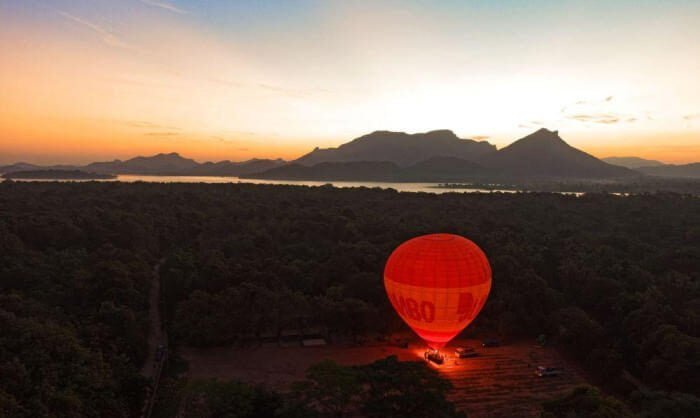
Hot air balloon rides are a popular activity in Sigiriya, offering visitors a unique and breathtaking view of the ancient city and the surrounding landscape. A typical hot air balloon ride in Sigiriya lasts for about an hour and takes passengers up to several hundred meters in the air, depending on the weather conditions.
During the hot air balloon ride, you will be able to enjoy stunning views of the Sigiriya Rock Fortress, as well as the lush green forests and rural villages that surround it. The early morning light makes for a particularly magical experience, as the sun rises over the ancient city and illuminates the landscape below.
Hot air balloon rides in Sigiriya are usually operated by licensed tour operators who adhere to strict safety guidelines. The balloons are piloted by experienced and licensed pilots, and all necessary safety equipment is provided.
If you're interested in taking a hot air balloon ride in Sigiriya, it's a good idea to book in advance, especially during peak tourist season. Prices for hot air balloon rides vary depending on the operator
Overall, a hot air balloon ride in Sigiriya is a unique and unforgettable way to experience one of Sri Lanka's most iconic landmarks and the stunning natural beauty of the surrounding countryside.
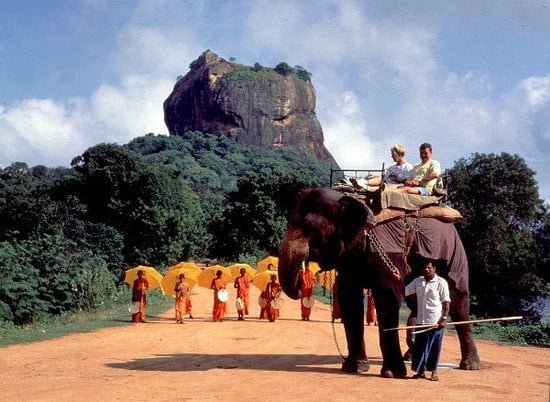
Sigiriya is an excellent place to experience traditional Sri Lankan culture, as it has a rich history and is home to many local communities who maintain their traditional way of life. Here are some ways to experience traditional culture in Sigiriya:
Visit a local temple: Sigiriya is home to several Buddhist temples, including the Dambulla Cave Temple and the Sigiriya Rock Temple. These temples are not only significant religious sites but also provide a glimpse into Sri Lanka's rich cultural heritage.
Attend a cultural show: Many hotels and tour operators in Sigiriya offer cultural shows that feature traditional music, dance, and costumes. These shows are an excellent way to experience Sri Lanka's vibrant cultural traditions.
Try local food: Sri Lankan cuisine is renowned for its rich flavors and spices. Be sure to sample some of the local dishes, such as rice and curry, hoppers, and string hoppers, during your visit to Sigiriya.
Take a village tour: As mentioned earlier, taking a village tour is an excellent way to experience rural Sri Lankan culture and learn about local traditions and customs.
Visit a spice garden: Sri Lanka is famous for its spices, and visiting a spice garden is an excellent way to learn about the different spices used in Sri Lankan cuisine and their medicinal properties.
Attend a festival: Sri Lanka has a rich calendar of festivals and celebrations throughout the year. If you're lucky enough to be in Sigiriya during one of these festivals, such as the Kandy Esala Perahera, be sure to attend and experience the colorful and vibrant celebrations.
Overall, Sigiriya offers many opportunities to experience traditional Sri Lankan culture and gain a deeper understanding of the country's rich history and heritage.

Sigiriya and its surrounding areas are home to several national parks and wildlife reserves, making it an excellent place for a safari ride to see some of Sri Lanka's most incredible wildlife. Here are some popular options for a safari ride in Sigiriya:
Minneriya National Park: This park is located just a short distance from Sigiriya and is known for its large herds of wild elephants. A safari ride through Minneriya National Park offers an excellent opportunity to see these majestic creatures in their natural habitat.
Kaudulla National Park: Another popular destination for a safari ride, Kaudulla National Park is home to a variety of wildlife, including elephants, leopards, deer, and a wide variety of bird species.
Hurulu Eco Park: This park is located a little further away from Sigiriya but is well worth the trip for its beautiful scenery and abundance of wildlife. In addition to elephants, you can also spot leopards, sloth bears, and a variety of bird species.
Wasgamuwa National Park: This park is located about 2.5 hours from Sigiriya and is one of Sri Lanka's most beautiful national parks. It is home to a variety of wildlife, including elephants, leopards, sloth bears, and a wide variety of bird species.
Safari rides are usually conducted early in the morning or late in the afternoon when the animals are most active. The safari rides are usually led by experienced guides who are knowledgeable about the local wildlife and their behavior. It's a good idea to book your safari ride in advance, especially during peak tourist season.
Overall, a safari ride in Sigiriya is a fantastic way to experience the natural beauty and wildlife of Sri Lanka and is an unforgettable experience that you should not miss.
GET IN TOUCH
Simply fill in the contact form below with the details of your request. One of our travel consultants will be in touch with you as soon as possible.

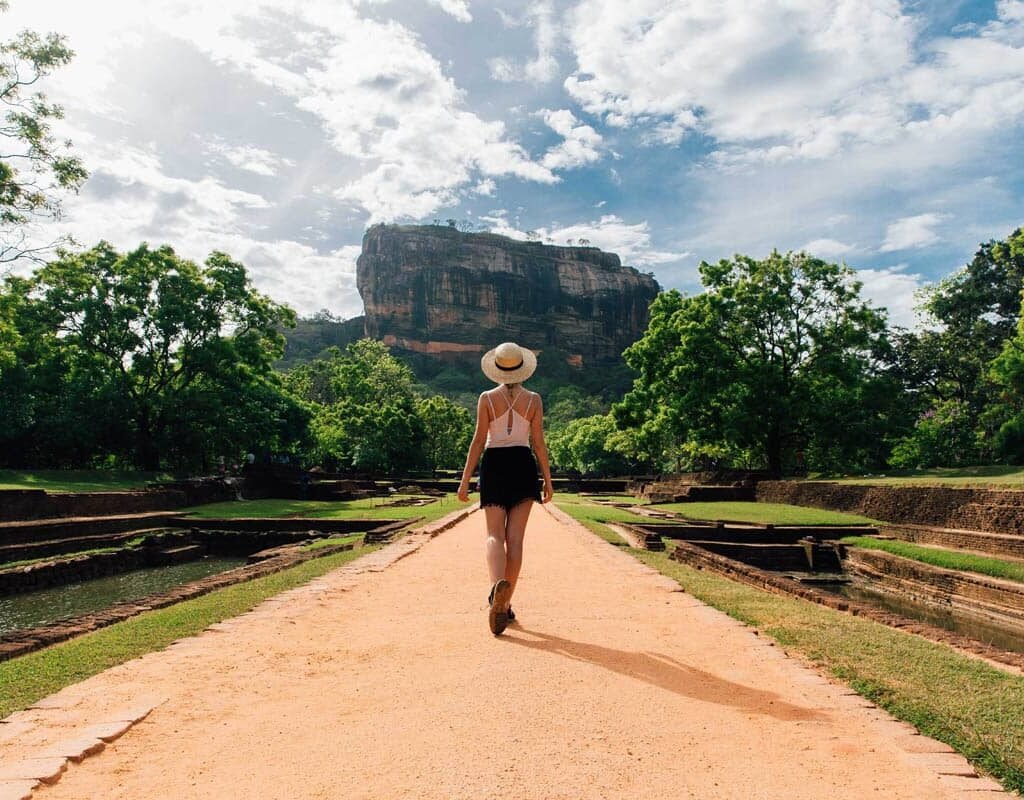
A passion for delivering awesome experiences
WHAT WE DO
Travel should be fun, easy and hassle free! That’s where we come in... let us plan everything for you from the moment you arrive until the minute you leave. Book that flight and leave the rest to us!
Contact Us: +94761606059
Web – https://travellerinsider.com
Email: info@travellerinsider.com
